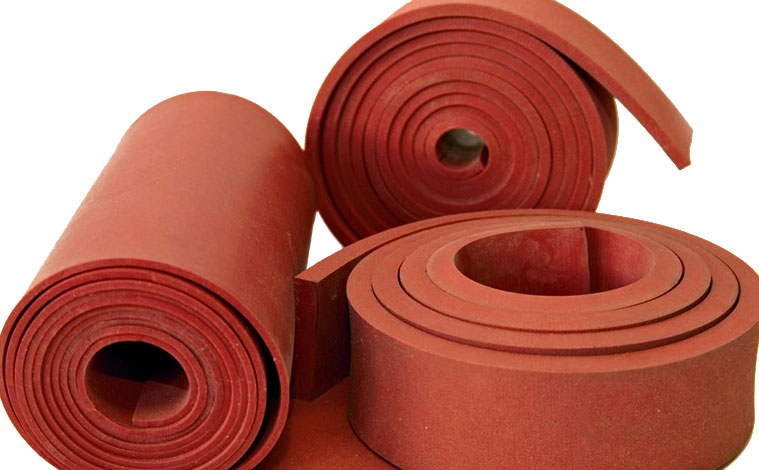Mechanical and physical properties comparison between EPDM and NEOPRENE

In the world of synthetic rubbers, two materials have stood out for their versatility and wide range of applications: EPDM and Neoprene.
These elastomers have gained popularity in various industries due to their unique properties and their ability to withstand extreme conditions.
However, when choosing the right rubber for a specific project, it is crucial to understand the differences between EPDM and Neoprene in terms of their mechanical and physical properties.
In this article, we will explore the characteristics of both materials and analyze how they perform in different environments and applications.
If you are looking for the ideal option for your project, check out this comparison and find out which of these rubbers is the most suitable for your needs.
| Property | EPDM | Neoprene |
| Chemical composition | Ethylene-propylene-diene copolymer | Polychloroprene |
| Hardness | 40-90 Shore A | 40-90 Shore A |
| Tensile strength | Good | Excellent |
| Tear resistance | Good | Good |
| Compressive strength | Good | Excellent |
| Flexibility | Excellent | Good |
| Resistance to chemicals | Good | Excellent |
| Resistance to UV rays | Good | Excellent |
| Temperature resistance | -45°C a +130°C | -35°C a +125°C |
| Ozone resistance | Good | Excellent |
| Resistance to aging | Good | Good |
| Water resistance | Excellent | Excellent |
| Thermal conductivity | Download | Moderate |
| Common Applications | Gaskets, seals, hoses, liners, liners | Gaskets, seals, hoses, liners, liners |
Temperature resistance:
EPDM: EPDM offers excellent temperature resistance, with an ability to withstand temperatures up to approximately 150 °C (302 °F) in static applications and around 120 °C (248 °F) in dynamic applications.
Neoprene: Neoprene also has good temperature resistance, being able to withstand temperatures up to about 120 °C (248 °F) in static applications and about 80 °C (176 °F) in dynamic applications.
Resistance to weathering and chemical agents:
EPDM: EPDM is known for its excellent resistance to weathering, including exposure to UV radiation, ozone and atmospheric agents. It also exhibits good resistance to many chemicals, such as dilute acids, alcohols and alkalis.
Neoprene: Neoprene also has good resistance to weathering and UV radiation. In addition, it offers better resistance to oils and hydrocarbons than EPDM.
Elasticity and tear resistance:
EPDM: EPDM exhibits excellent elasticity and tear resistance, making it suitable for applications requiring flexibility and durability, such as gaskets and seals.
Neoprene: Neoprene is also elastic and tear resistant, although it is generally less flexible than EPDM.
Typical applications:
EPDM: EPDM is commonly used in applications such as seals, gaskets, roof coatings, hoses, cables, sealing profiles and automotive components.
Neoprene: Neoprene is widely used in applications where oil resistance is required, such as gaskets, seals, diving suits, sporting goods, automotive components and industrial equipment.
Vargort always advises to keep in mind that properties may vary depending on the specific formulation of EPDM and neoprene, as well as on the conditions of use.
It is always advisable to consult the technical specifications and consider the specific needs of your application before making a final decision.
If you have any need for this material, do not hesitate to contact us. We will help you in the choice of the material as well as in the design of prototypes or mass production.

